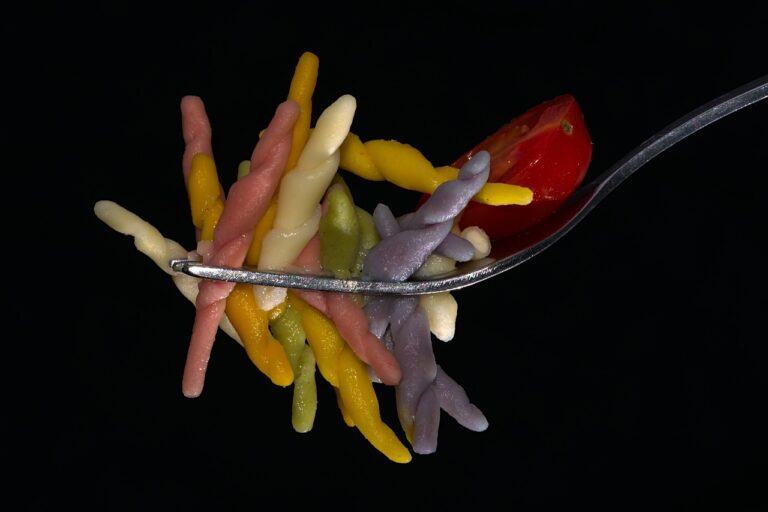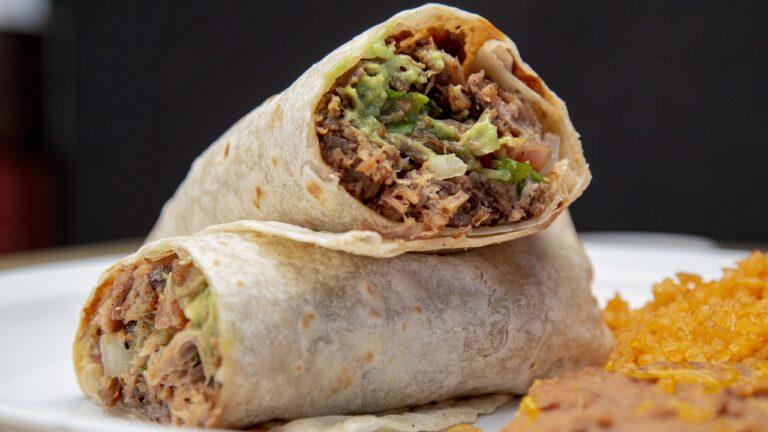Exploring Traditional Fermentation Techniques
Fermentation is a process that has been used for centuries to preserve and enhance the flavors of various foods and beverages. Traditional fermentation techniques involve the use of naturally occurring microbes to break down sugars and other compounds in the raw ingredients, creating a wide range of delicious and nutritious products. In this article, we will explore some of the most commonly used traditional fermentation techniques from around the world.
Sauerkraut: A Classic Fermented Vegetable
Sauerkraut is a classic example of a fermented vegetable that has been enjoyed for centuries in many cultures. To make sauerkraut, cabbage is thinly sliced and mixed with salt to draw out the natural juices. The cabbage is left to ferment at room temperature for several days or weeks, depending on the desired level of sourness. During the fermentation process, beneficial bacteria such as Lactobacillus convert the sugars in the cabbage into lactic acid, giving sauerkraut its tangy flavor and crunchy texture.
Kimchi: Korean Spicy Fermented Vegetables
Kimchi is a staple in Korean cuisine and is made by fermenting vegetables such as cabbage, radishes, and cucumbers with a mixture of garlic, ginger, red pepper flakes, and other seasonings. The vegetables are salted and left to ferment for several days, resulting in a tangy and spicy flavor profile. Kimchi is not only delicious but also packed with probiotics and vitamins, making it a popular choice for those looking to incorporate more fermented foods into their diet.
Kombucha: A Refreshing Fermented Tea
Kombucha is a fizzy, fermented tea beverage that has gained popularity in recent years for its unique taste and potential health benefits. To make kombucha, sweetened tea is fermented with a symbiotic culture of bacteria and yeast (SCOBY) for about a week or longer. During fermentation, the SCOBY consumes the sugars in the tea and produces a tangy and slightly effervescent drink. Kombucha is known for its probiotic properties and may help support gut health and immunity.
Miso: A Flavorful Japanese Fermented Paste
Miso is a traditional Japanese seasoning made by fermenting soybeans, salt, and koji (a type of mold) with rice or barley. The mixture is left to ferment in wooden barrels for several months to several years, depending on the desired flavor profile. Miso adds a rich umami flavor to soups, marinades, and other dishes and is also a good source of protein, vitamins, and minerals. Different types of miso can vary in color, taste, and texture, ranging from sweet and mild to salty and pungent.
Sourdough Bread: The Art of Fermented Baking
Sourdough bread is a type of bread that is leavened using a starter culture of flour and water, which contains wild yeast and lactobacilli bacteria. The starter is left to ferment for several days or weeks, developing a complex flavor profile and creating bubbles of carbon dioxide that help the bread rise. Sourdough bread is prized for its distinctive tangy flavor, chewy texture, and long shelf life. Bakers around the world have perfected the art of sourdough baking, with many using their own unique starter cultures that have been passed down through generations.
Tempeh: An Indonesian Fermented Soybean Cake
Tempeh is a traditional Indonesian food made by fermenting cooked soybeans with a starter culture of Rhizopus mold. The mixture is left to ferment for about 24 to 36 hours, resulting in a dense, nutty, and slightly tangy cake-like product. Tempeh is a rich source of protein, fiber, and vitamins, making it a popular meat substitute for vegetarians and vegans. It can be sliced, marinated, and grilled, adding a savory and satisfying element to dishes such as stir-fries, sandwiches, and salads.
Traditional Fermentation Techniques Around the World
Traditional fermentation techniques are not limited to the examples mentioned above but are found in many cultures and cuisines worldwide. From pickles and yogurt in Eastern Europe to natto and sake in Japan, fermented foods and beverages play a significant role in culinary traditions and regional diets. These time-honored techniques not only enhance the flavors of ingredients but also provide numerous health benefits, including improved digestion, immune support, and enhanced nutrient bioavailability.
FAQs About Traditional Fermentation Techniques
Q: Are fermented foods safe to eat?
A: When prepared properly, fermented foods are safe to eat and can provide numerous health benefits. However, it is essential to follow proper fermentation techniques and hygiene practices to prevent the growth of harmful bacteria.
Q: Can I ferment foods at home?
A: Yes, many fermented foods can be easily made at home with simple ingredients and equipment. Be sure to follow a trusted recipe and guidelines for fermentation to ensure a successful outcome.
Q: How long do fermented foods last?
A: The shelf life of fermented foods can vary depending on the type of food and the fermentation process used. Some fermented foods, such as sauerkraut and kimchi, can last for several months in the refrigerator, while others, like kombucha and tempeh, are best consumed within a few weeks.
Q: Can I ferment fruits and vegetables together?
A: While it is possible to ferment fruits and vegetables together, it is generally recommended to ferment them separately to achieve the desired flavors and textures. Mixing fruits and vegetables may result in inconsistent fermentation and undesirable outcomes.
Q: What are some common signs of successful fermentation?
A: Signs of successful fermentation include a tangy aroma, bubbles or fizziness, and a slightly sour taste. Additionally, the color, texture, and flavor of the fermented food may change during the fermentation process.
Overall, traditional fermentation techniques offer a rich and diverse array of flavorful and nutritious foods and beverages that have stood the test of time. By exploring the world of fermentation, you can discover new flavors, textures, and health benefits that can enhance your culinary experience and well-being.







